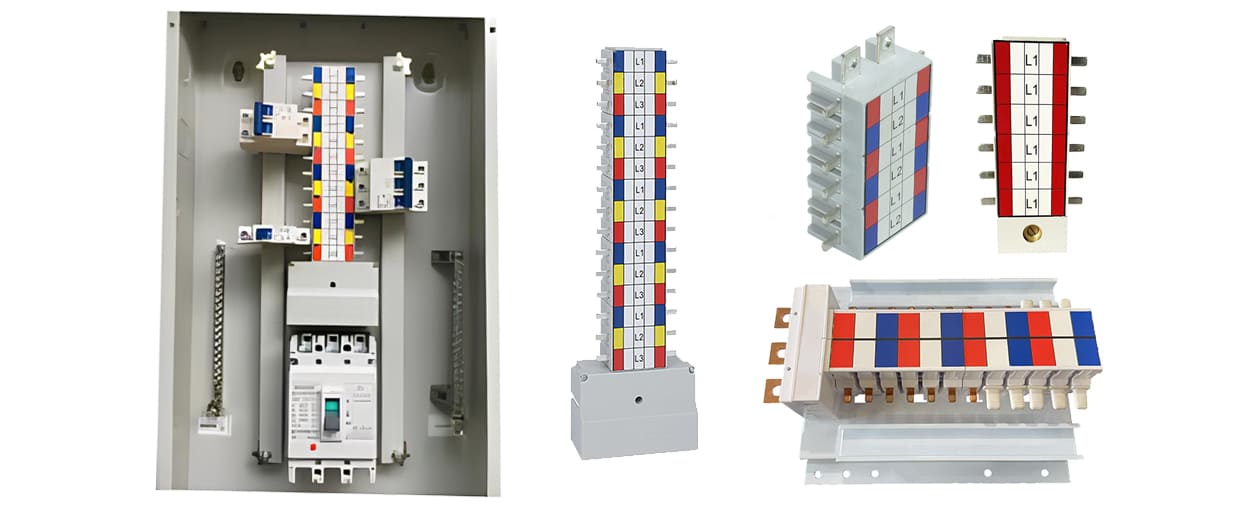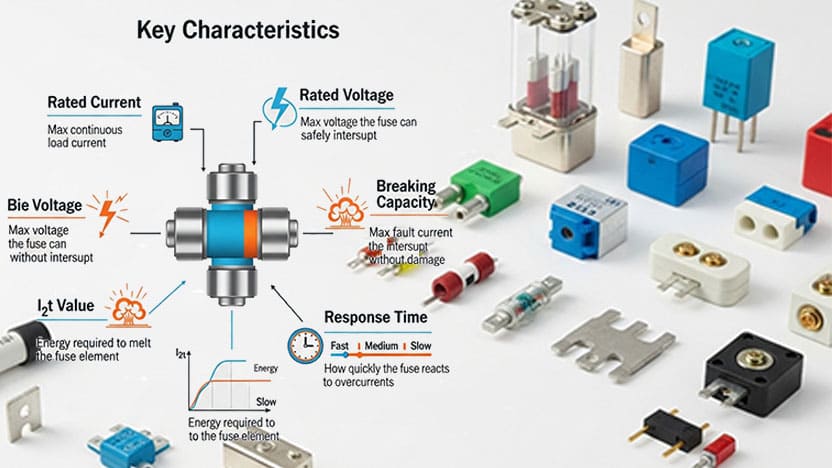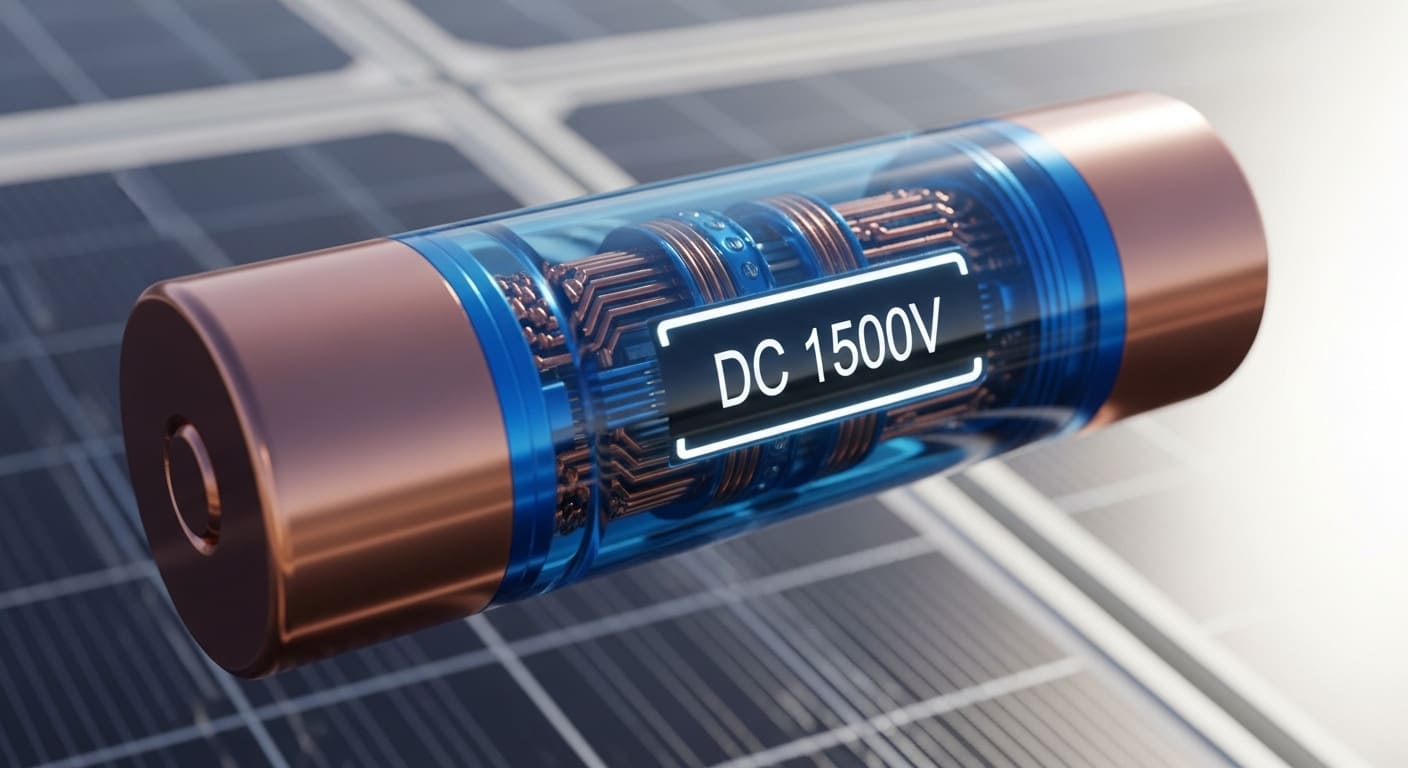The rising popularity of solar installations has created confusion about proper circuit protection. Many system integrators treat breakers as mere compliance checkboxes, compromising system safety and longevity.
A solar circuit breaker1 is essential in a PV system because it provides overcurrent protection, enables system disconnection2 during maintenance, and prevents catastrophic damage during fault conditions. Properly sized DC breakers protect your investment while meeting electrical code requirements3.

I've been working with solar installations across diverse environments for years, and I've noticed something concerning: many system integrators still treat solar circuit breakers as mere code requirements rather than critical system components. This approach not only compromises safety but also ignores the significant operational benefits these devices offer. Let me share what I've learned about the true value of proper circuit protection in solar PV systems4.
Do I Need a Circuit Breaker for Solar Panels?
You've invested thousands in a solar system but may be tempted to cut corners on protection components5. Without proper circuit protection, your expensive system remains vulnerable to damage from overcurrent events and electrical faults.
Yes, you absolutely need circuit breakers for solar panels. They serve three critical functions: providing overcurrent protection6, enabling safe disconnection during maintenance, and ensuring compliance with electrical codes like NEC 690.97, which mandates overcurrent protection for all PV source circuits.

When I first started working with solar installations, I was surprised by how many people questioned the necessity of circuit breakers in DC systems. The reality is that proper circuit protection8 is even more critical in solar applications than in many AC systems. Here's why:
Solar PV systems present unique electrical challenges. Unlike traditional power sources, solar panels continue producing electricity whenever there's light - you can't simply "turn off" the sun. This constant power generation creates distinct safety requirements.
In my experience, installations with properly sized circuit breakers demonstrate significantly better longevity. One installation I supervised in a coastal region had precisely calculated breaker specifications that protected the system during several severe weather events when nearby systems without proper protection suffered substantial damage.
Key Considerations for Solar Circuit Breakers:
| Requirement | Specification | Why It Matters |
|---|---|---|
| Voltage Rating | Must exceed maximum system voltage | Prevents breaker failure during voltage spikes |
| Current Rating | 1.25× maximum circuit current | Allows normal operation while protecting from overcurrent |
| DC Rating | Must be explicitly rated for DC | AC-only breakers can fail catastrophically in DC applications |
| Environmental Rating | Suitable for installation location | Ensures reliability in actual operating conditions |
What is the Most Important Part of the Solar PV System?
Many solar owners focus exclusively on panel efficiency or inverter capabilities, overlooking critical protection components. This oversight often leads to system failures that could have been easily prevented with proper attention to protection devices.
While panels and inverters get most attention, the protection system—including circuit breakers and fuses9—is arguably the most critical part of a solar PV system. Without proper protection, even premium panels and inverters can be destroyed by a single fault condition.

In my years working with solar installations, I've witnessed firsthand how the protection system serves as the unsung hero of reliable solar performance. The rapid evolution of bifacial panels10 and higher efficiency modules has actually increased the importance of proper circuit protection, something that wasn't immediately obvious when these technologies first emerged.
Protection components create a safety ecosystem that preserves your entire investment. Consider that a modern solar installation can easily last 25+ years, but only if it's protected from the electrical stresses that occur throughout its lifetime. I've returned to installations where we installed premium protection components and found them still performing flawlessly after a decade, while nearby systems required multiple major repairs.
The protection system's importance becomes especially evident when examining failure data11. According to studies I've reviewed, approximately 30% of solar system failures can be traced to inadequate or improperly specified protection components. These failures typically cost 4-5 times more to repair than the price difference between basic and properly specified protection components.
Protection System Components Hierarchy:
- DC Circuit Breakers - Provide disconnection capability and overcurrent protection
- Surge Protection Devices (SPDs)12 - Protect against lightning and grid-related voltage spikes
- Fuses - Offer additional protection granularity for string-level isolation13
- Disconnects - Enable safe maintenance operations
- Monitoring Systems - Provide early warning of potential issues
What is the Solar Breaker Rule?
Installing solar circuit breakers without understanding proper sizing creates a false sense of security. Improperly sized breakers either trip unnecessarily or fail to protect during actual fault conditions.
The solar breaker rule requires circuit breakers to be sized at 125% of the maximum circuit current (Isc) according to NEC 690.9. This means multiplying the panel's short-circuit current by 1.25 to determine the minimum breaker size needed for safe operation.

The 125% rule isn't arbitrary—it's based on extensive testing and real-world experience with solar systems. I've encountered numerous installations where this rule was ignored, usually resulting in one of two problems: nuisance tripping during normal operation or catastrophic failure during actual fault conditions.
The solar breaker rule14 becomes even more critical when considering temperature effects15 on solar production. On cold, clear days, PV systems can produce significantly more current than their rated specifications. Without proper breaker sizing that accounts for these conditions, you're essentially gambling with your system's safety.
In my experience implementing the solar breaker rule across hundreds of installations, I've developed a practical approach that goes beyond the basic calculation:
- Calculate the theoretical minimum breaker size (Isc × 1.25)
- Consider the specific installation environment (temperature extremes, reflection potential)
- Factor in potential future system expansions
- Select the next standard breaker size above the calculated minimum
- Verify the selected breaker coordinates properly with any fuses in the system
Solar Breaker Sizing Examples:
| Panel Isc | Calculation | Minimum Breaker Size | Recommended Size |
|---|---|---|---|
| 9.5A | 9.5A × 1.25 = 11.88A | 15A | 15A |
| 12.8A | 12.8A × 1.25 = 16A | 20A | 20A |
| 15.2A | 15.2A × 1.25 = 19A | 20A | 25A* |
*Increased to accommodate potential environmental factors
How Do Fuses Contribute to the Safety and Protection of a Solar PV System?
Many system designers view fuses as interchangeable with breakers or as unnecessary redundancy. This misconception increases risk of cascading failures and makes maintenance more difficult and dangerous.
Fuses in solar PV systems provide critical protection against overcurrent conditions, particularly at the string level. They isolate damaged sections to prevent fire risks, protect expensive components, and enable selective coordination with breakers for comprehensive system protection.

In my work with solar systems across different scales, I've found that fuses and circuit breakers actually serve complementary roles rather than redundant ones. While breakers provide disconnect capability and resettable protection, fuses offer superior current-limiting characteristics16 and more precise protection coordination.
Fuses become particularly important in multi-string systems where a fault in one string could potentially feed back through parallel connections. I recall one large installation where a single panel failure would have caused significant collateral damage if not for properly specified string fuses that isolated the problem immediately.
The selective coordination between fuses and breakers creates a protection hierarchy that limits the impact of any fault. For example, a string-level issue should trip only the relevant fuse, not the entire array's circuit breaker. This granularity not only improves safety but also maximizes system uptime by keeping unaffected portions operational.
When selecting fuses for solar applications, I always emphasize these critical specifications:
- DC Rating: Must be explicitly rated for DC applications at the system voltage
- Speed Classification: Usually "gPV" type specifically designed for solar protection
- Environmental Durability: Must withstand temperature cycling and outdoor conditions
- Replacement Accessibility: Positioned to allow safe replacement by qualified personnel
Fuse Applications in Solar PV Systems:
| Location | Purpose | Typical Rating |
|---|---|---|
| String Level | Protect against reverse current, isolate faults | 15-30A |
| Combiner Box | Protect sub-array circuits | 30-60A |
| Main DC Disconnect | Protect main conductors to inverter | 100-400A |
| Battery Systems | Protect against high fault currents from batteries | Specific to battery system |
Conclusion
Proper circuit protection isn't just about code compliance—it's about ensuring your solar investment performs safely and reliably for decades. By understanding and implementing appropriate breakers and fuses, you protect both your equipment and the people who interact with it.
-
Understanding solar circuit breakers is crucial for ensuring safety and compliance in solar installations. ↩
-
Learn about the safety benefits of being able to disconnect solar systems during maintenance. ↩
-
Stay compliant and safe by understanding the electrical codes that govern solar systems. ↩
-
Discover the specific challenges solar PV systems face and how to address them effectively. ↩
-
Explore the essential protection components that ensure the reliability of solar installations. ↩
-
Explore how overcurrent protection safeguards your solar investment from electrical faults. ↩
-
Understanding NEC 690.9 is key to ensuring your solar system meets safety standards. ↩
-
Circuit protection is vital for the longevity and safety of solar energy systems; learn more here. ↩
-
Fuses play a critical role in isolating faults; learn how they enhance solar system safety. ↩
-
Learn how bifacial panels enhance solar efficiency and the importance of protection. ↩
-
Analyzing failure data can help you understand the importance of proper protection in solar systems. ↩
-
SPDs are crucial for protecting solar systems from voltage spikes; find out how they work. ↩
-
String-level isolation is crucial for preventing cascading failures; discover its importance. ↩
-
Understanding the solar breaker rule is essential for safe and effective solar installations. ↩
-
Temperature can significantly affect solar performance; learn how to mitigate these effects. ↩
-
Current-limiting characteristics of fuses are vital for protecting solar systems from faults. ↩






